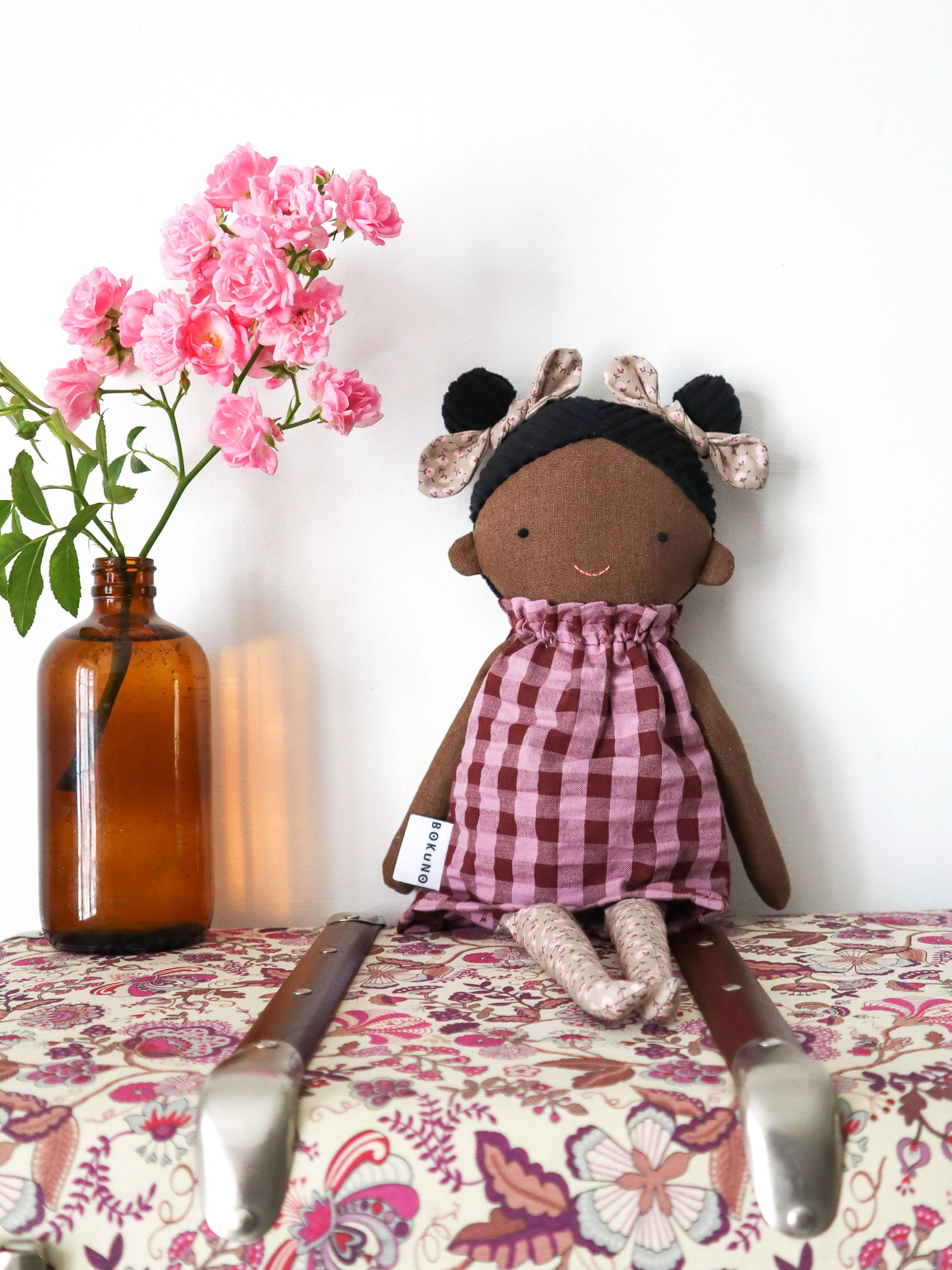Want 10% off your order? Join Club Holly & Co

Why is diversity in toys important? The power of representation and celebrating individuals
Shopping purposefully
With Minako Suzuki-Lowe, founder of Bokuno
21ST SEPTEMBER 2023
Why are diverse toys important? Why does playing with inclusive toys matter? Here's why...
Meet Minako: the founder bringing individuality to children’s toys
Inclusivity and sustainability are two things that Minako Suzuki-Lowe feels very strongly about. Especially when it comes to children’s toys. You can see this shine out of her incredible range of linen heirloom dolls and gifts that she handmakes — slowly — using carefully chosen fabrics to better reflect the skintones of the children who might play with them. In fact, every child that sees these beautiful characters are likely to not only see themselves, but also their friends and the people they’ve yet to meet. But why is this so important? Do most children’s toy boxes contain a diverse range of playthings these days? And if not, should they?
Why are multicultural toys important?
“I’m not black or white. I’m a minority,” Minako shares. “Where I grew up, in Japan, it was a single race country. Yet the market was saturated with white skin dolls. Except for the very traditional celebration dolls, the rest didn’t look like us. They have blonde hair, big eyes and they all looked the same and I just thought, really? What happened to all the people from other countries?"
Minako had a successful career in fashion, though struggled when she was overworked, stressed and bothered by the tonnes of waste produced from seasonal collections. It was only after her husband was involved in a serious car accident that she knew it was time for a change. So she began making toys. “I started making animals to try to get around the issue of race, and having to prioritise one race over another. Then in 2018, I started making gnomes — which were genderless but based more on humans, and I made those in six different skin colours, including Vitiligo and Albino tones. I’m a big fan of Winnie Harlow and to me, beauty is difference and difference is beauty.”
Diversity in the toybox: the benefits of having inclusive toys
Minako’s gnomes took off, which then gave her the confidence to try dolls, and as she has written about them previously, “I am committed to promoting diversity, inclusivity and sustainability in everything I do. That's why my dolls celebrate the beauty and uniqueness of all individuals, regardless of their background, culture or identity. I believe that every child deserves to see themselves reflected in their toys, and my dolls are designed to do just that.”
Having an inclusive range of dolls and toys does do this, because toys help shape a child’s perspective and values — from the way they think about equality to the way they perceive themselves and their self-worth. Toys are often their first introduction to the world around them and many of these beliefs carry on into adulthood.
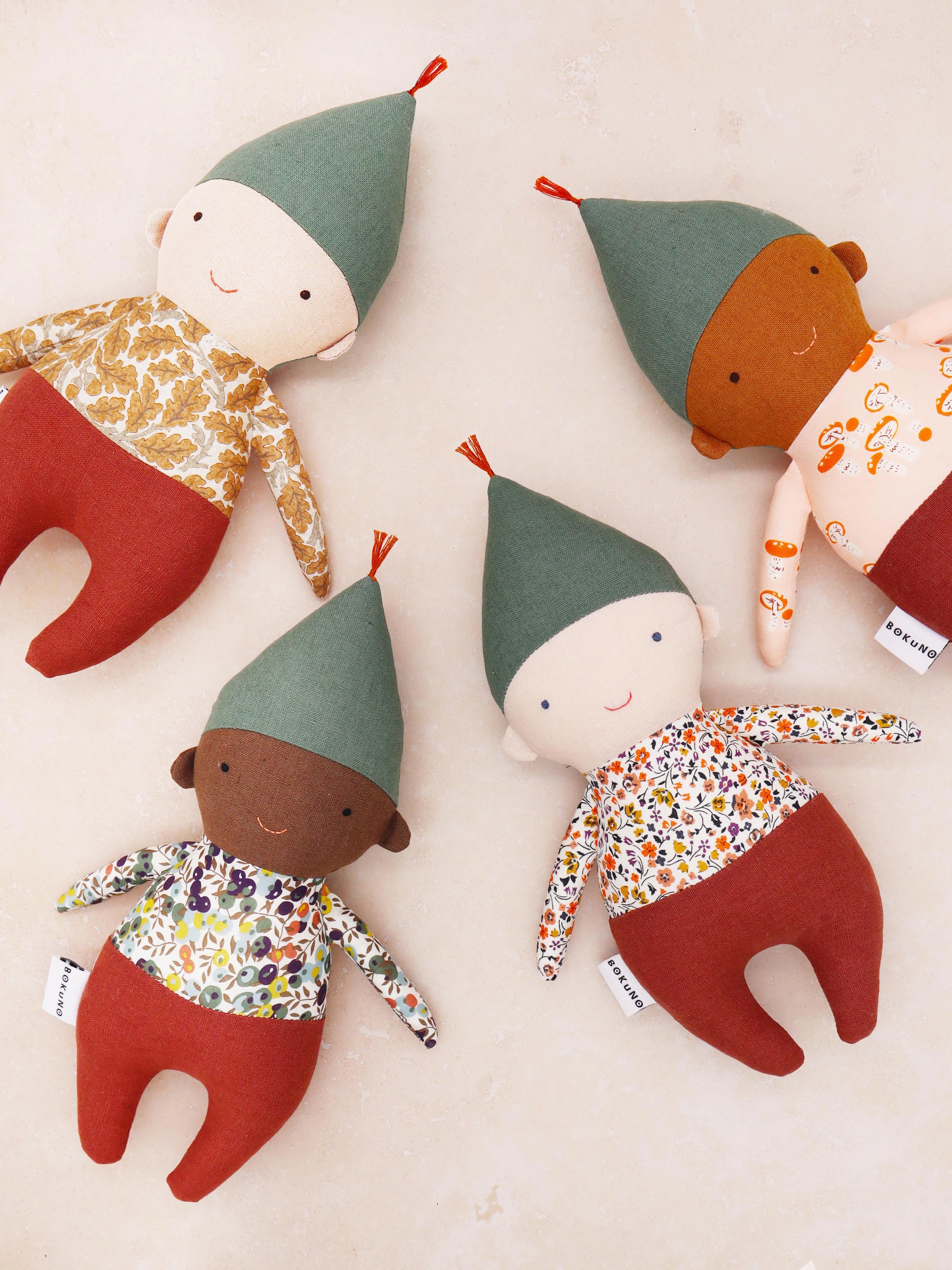
Woodland Gnome Dolls
BOKUNO
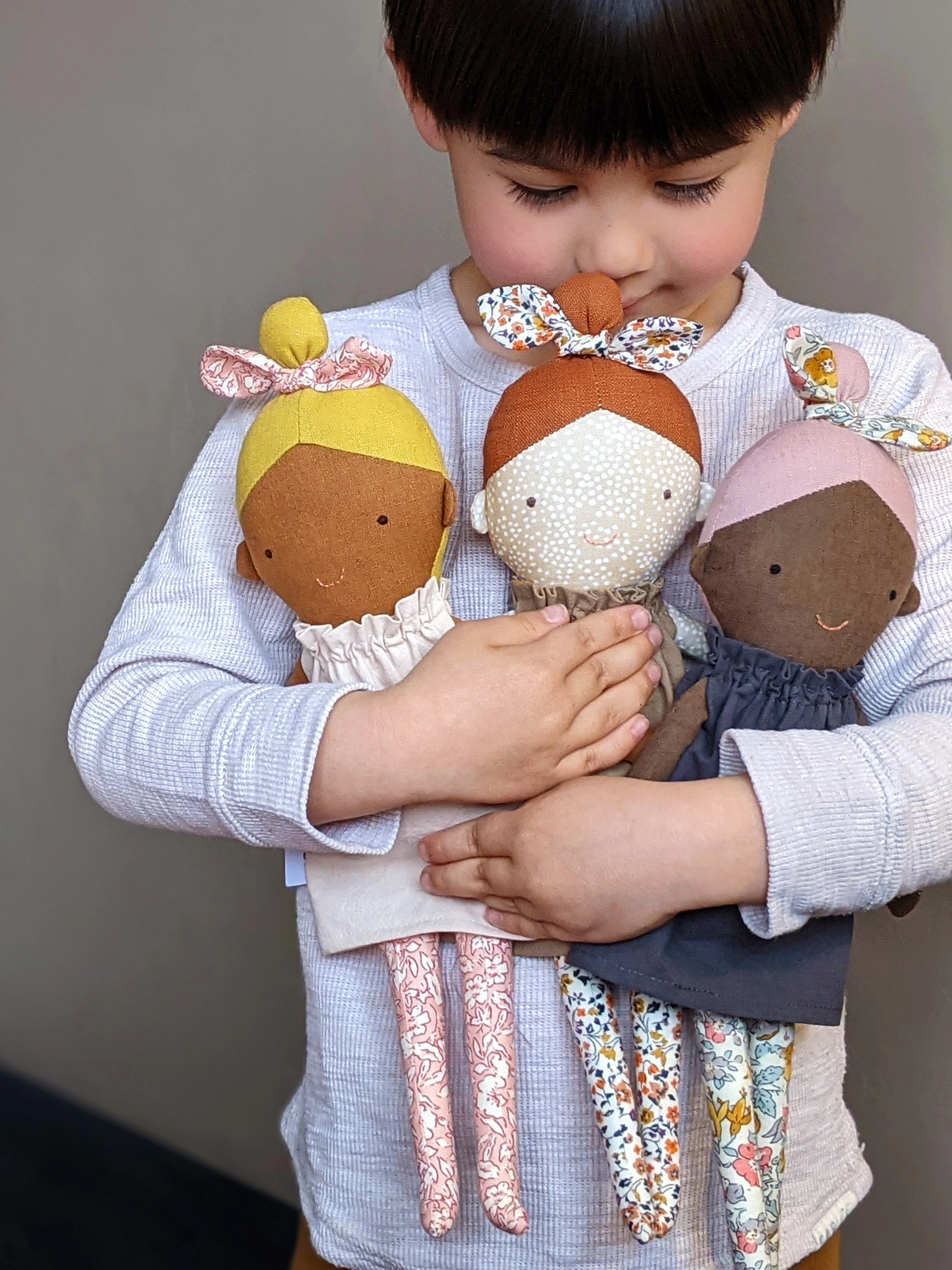
Various dolls
BOKUNO
Do shoppers support inclusive toy ranges?
In her first year of trading, 90% of the dolls Minako sold were white skinned, which was disappointing after making a broader choice available. But since George Floyd’s murder and the Black Lives Matter movement, more than half her sales were for dark skinned gnomes and it’s been the most popular choice ever since. People are shopping more for dolls that don’t look like the kids they’re buying them for too and that’s encouraging. In fact, one of her bestsellers has freckles and red hair. She reminds us, “You buy for the children. It’s not their choice to be inclusive, it’s yours.” — which is why anyone shopping for kids should be giving this some thought.
The role of toy companies in diversifying their product offerings
Representation matters, and more and more people are starting to recognise this, not just customers but manufacturers too. It’s why Serlina Boyd set up the UK's first Black children’s magazine Cocoa Girl because her daughter didn’t have anything to read that featured children who looked like her or gave her a voice. As well as winning several awards (including for Best Newcomer in the Holly & Co Independent Awards), it sold a thousand copies a day.
Barbie diversity: how Barbie became more representative
In the doll world, it would be hard to ignore Barbie (especially currently). Where once, Mattel was criticised for its all-American, bleach blonde, oddly proportioned portrayal of women, things have changed. As Lisa McKnight (Executive Vice President and Global Head of Barbie & Dolls at Mattel) shared, they are now the most inclusive doll range on the market. She said, “Our goal is to enable all children to see themselves in Barbie, while also encouraging children to play with dolls who do not look like themselves. Doll play outside of a child’s own lived experience can teach understanding and build a greater sense of empathy, leading to a more accepting world.” They have introduced a Barbie doll with Down syndrome to add to their collection too, and if they could one day move away from making dolls from plastic, what a range this would be.
Are other manufacturers reflecting all skin tones?
What about other makers of kids’ products? It wasn’t until 2020 that Tescos were the first UK supermarket to bring out plasters to match different skin tones, let alone toys. Yet small businesses often lead the way in retail, and it’s encouraging that you can now buy colouring pencils in different skin tones to help kids express themselves through their drawing and many more products of this variety, so things are changing, even if slowly.
Supporting the makers who are making with care and caring to think
The more we support inclusive independent makers like Minako who prioritise representation, the more of these beautifully made, well thought through toys we’ll have to choose from — and the more accepting our world is likely to become. It’s the same with opting for a more sustainable way of creating our nation’s toys.
Minako makes to order so there’s no waste. She plans ahead, chooses wisely and takes her time. She also infuses everything she creates with meaning. Her time working in fashion, and as an illustrator and designer, means she has always been a conceptual thinker. Her products are purpose-led, and intended to change the world for the better. Minako says, “I never want to employ anyone. I know I won’t make money but that’s not the point. I have a reason to make, and that’s what matters.”
By shopping consciously for the children we buy for, we are showing them that we live by our values — and that we see them, we champion them — and what could be more important than that? It’s largely thanks to founders like Minako that these options even exist. So let’s make sure we support them and put some thought into what we’re buying children and how it’s all made. Because it’s us that will shape the future. Let’s make it one we are proud of.
More inspiration for you
Related Content
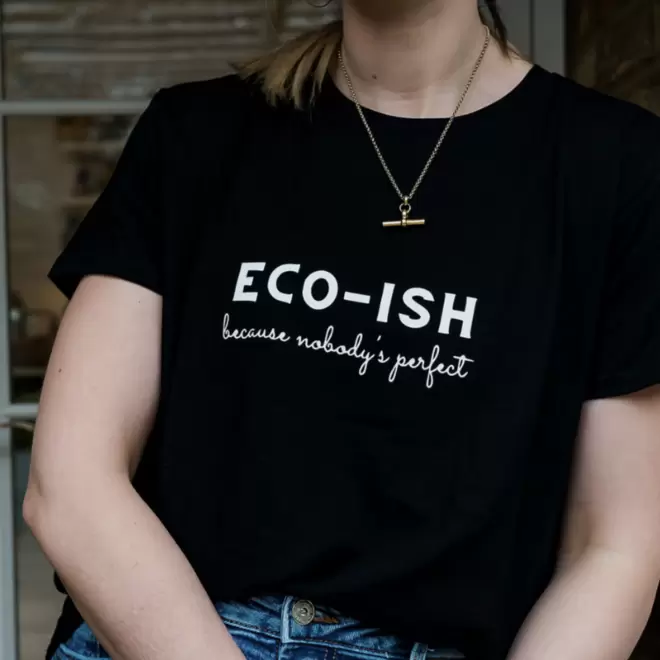
Go green: easy eco-swaps to make your home more eco-friendly
Shopping Purposefully
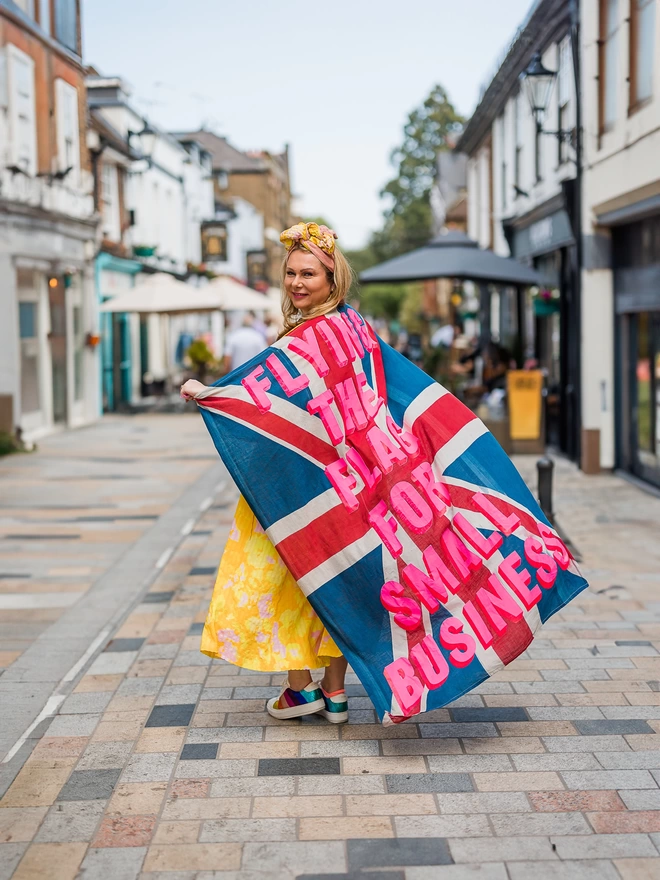
Why I’m so proud of UK made products: flying the flag for UK makers
Shopping Purposefully

Labelling people: how does it help if you’re a conscious consumer?
Shopping Purposefully
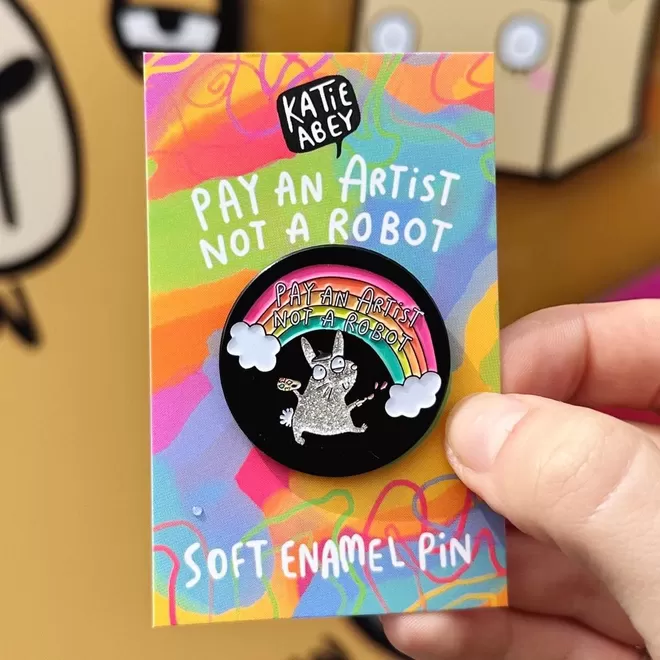
Celebrating the beauty of handmade: Why craftsmanship beats AI
Shopping Purposefully
Be the first to know
Sign up to our emails for brand new small business magic and inspiration. And if you create an account, you’ll also get exclusive product drops, discounts and more from Club Holly & Co, too.

